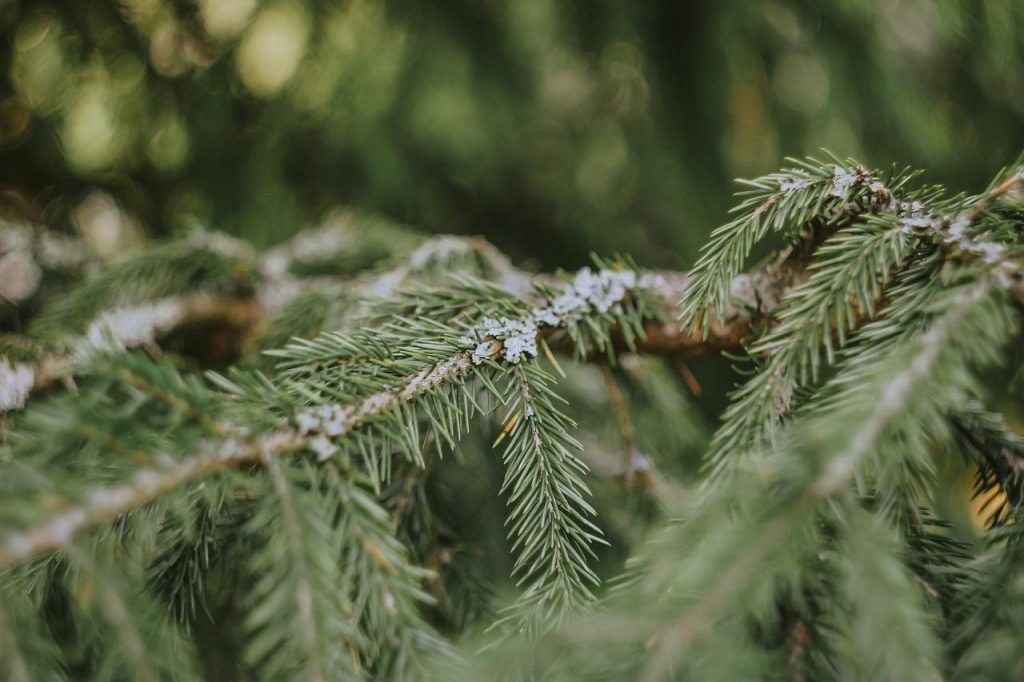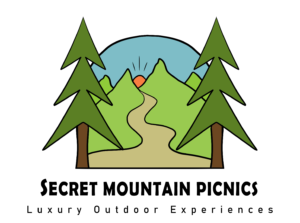Being able to live in a place where you can find food year-round is one of the major perks of living in Colorado. Foraging locally offers the opportunity to harvest things that international chefs have been using to create delicacies for centuries.
There are a few rules of foraging though: you’ll definitely want to know what you’re eating for certain before you eat it. That may require getting another opinion on plants you’re not sure you’re identifying correctly. You’ll also want to make sure that what you’re collecting is clean and not near animal waste or other contaminants so you don’t get sick. You should be washing anything that you pick before you eat it, and ideally cleaning in a solution of two parts vinegar and one part water. And, if you have allergies (or you don’t know if you do) you’ll definitely want to take eating foraged foods slowly, just so you don’t have any reactions.
So what can you find in our Mountain Botanic garden? Well here’s a list of 7 easily identified plants we know are ready for you to find:
- 1. Lambs Quarter – wild greens that are found in nearly any type of soil. Also known as wild spinach and despite having a slightly bitter taste, the best way to identify this plant is by its triangular leaves that have a whitish-gray powdery coating, and circular/oval flowers and seeds, which typically bloom in summer.
- 2. Aspen Oyster Mushroom – a wildly popular mushroom that’s typical throughout North America, this mushroom has a mild taste. Our botanic garden has many different aspen groves, and we’ve been able to find Oyster mushrooms consistently throughout the spring, summer, and fall seasons. These mushrooms grow along the lower trunk of the tree.
- 3. Wild Mint – a little trickier to identify, wild mint leaves and flowers have a unique pattern of circles. The stalk is square-shaped, and although the plant doesn’t smell as intensely as some cultivated mint plants, the taste is original. The typical locale of wild mint is in the valleys and close to natural springs.
- 4. Currants – there are many (over 50) different species of currants that grow throughout the United States, and although no two are alike, they are all edible. Currant leaves look similar to maple tree leaves, scalloped with three to five lobes and a distinct smell (lemony, spicey, or potentially skunky) when crushed. Berries are red or black, proceeded by bell-shaped flowers.
- 5. Pine Bark – used medicinally for hundreds of years, pine trees offer vitamins, antioxidants, and antibacterial properties. We have multiple types of pine trees in our botanic garden, including Ponderosa and Douglas fir.
- 6. Dandelions – easily identified by their yellow blooms and leaves that grow from the bottom of the stem, breaking off a stem result in a milky substance. All parts of the dandelion plant can be used – the roots, leaves, and flowers.
- 7. Wild Raspberries – thorny green stems that grow in thick groups usually located in woody areas with great drainage and runoff moisture. Although the berries are quite delicious and sought after, the leaves and flowers are commonly used to make teas and salves.

Are you hoping to learn more about foraging in the Rocky Mountains?
Secret Mountain Picnics can help you learn more about the wild plants that grow in our beautiful mountain setting with either a guided hike and foraging tour or a self-led tour during your very own luxury picnic. Celebrate your next special occasion with an adventure like you’ve never had before!
Reserve your Secret Mountain Picnic with us.
